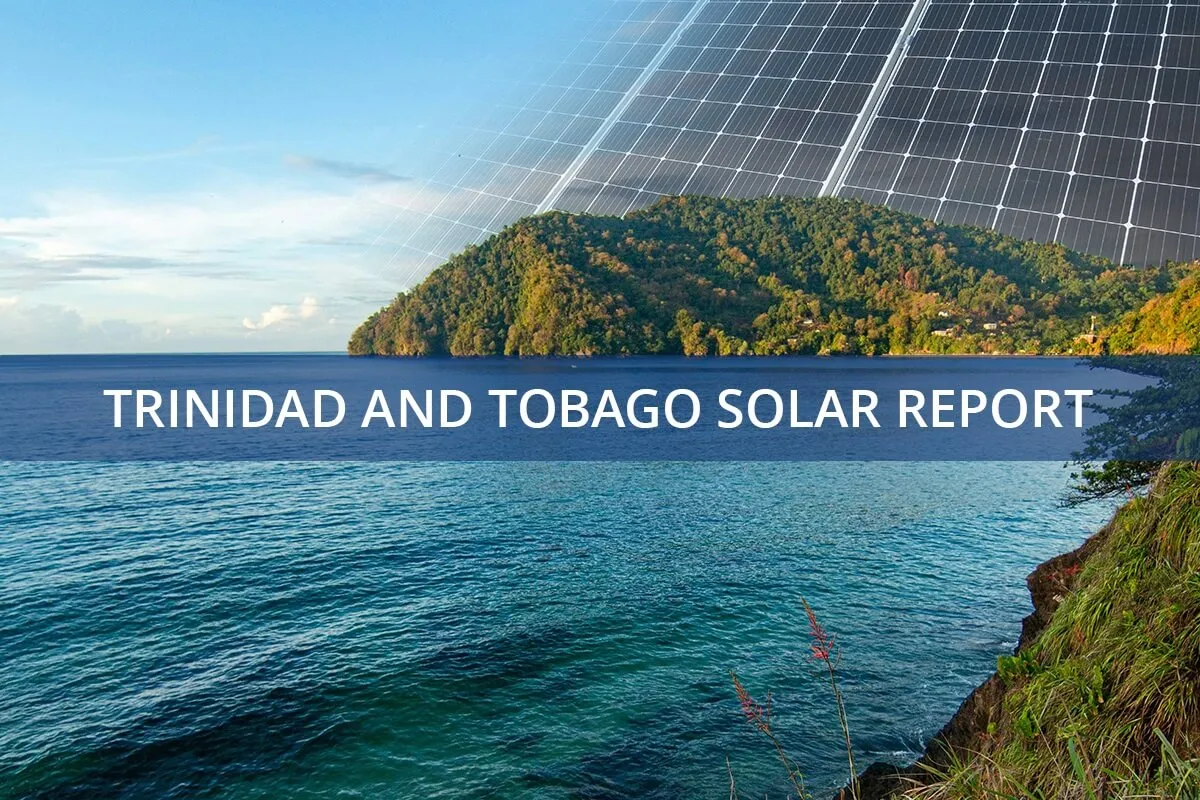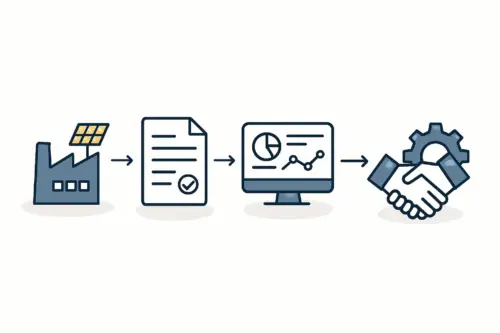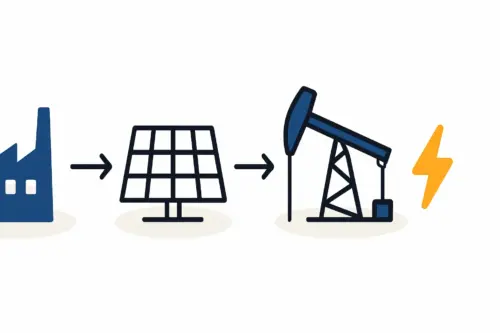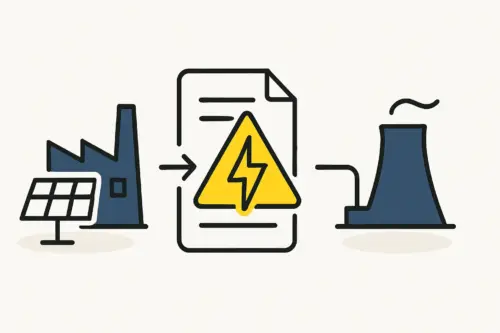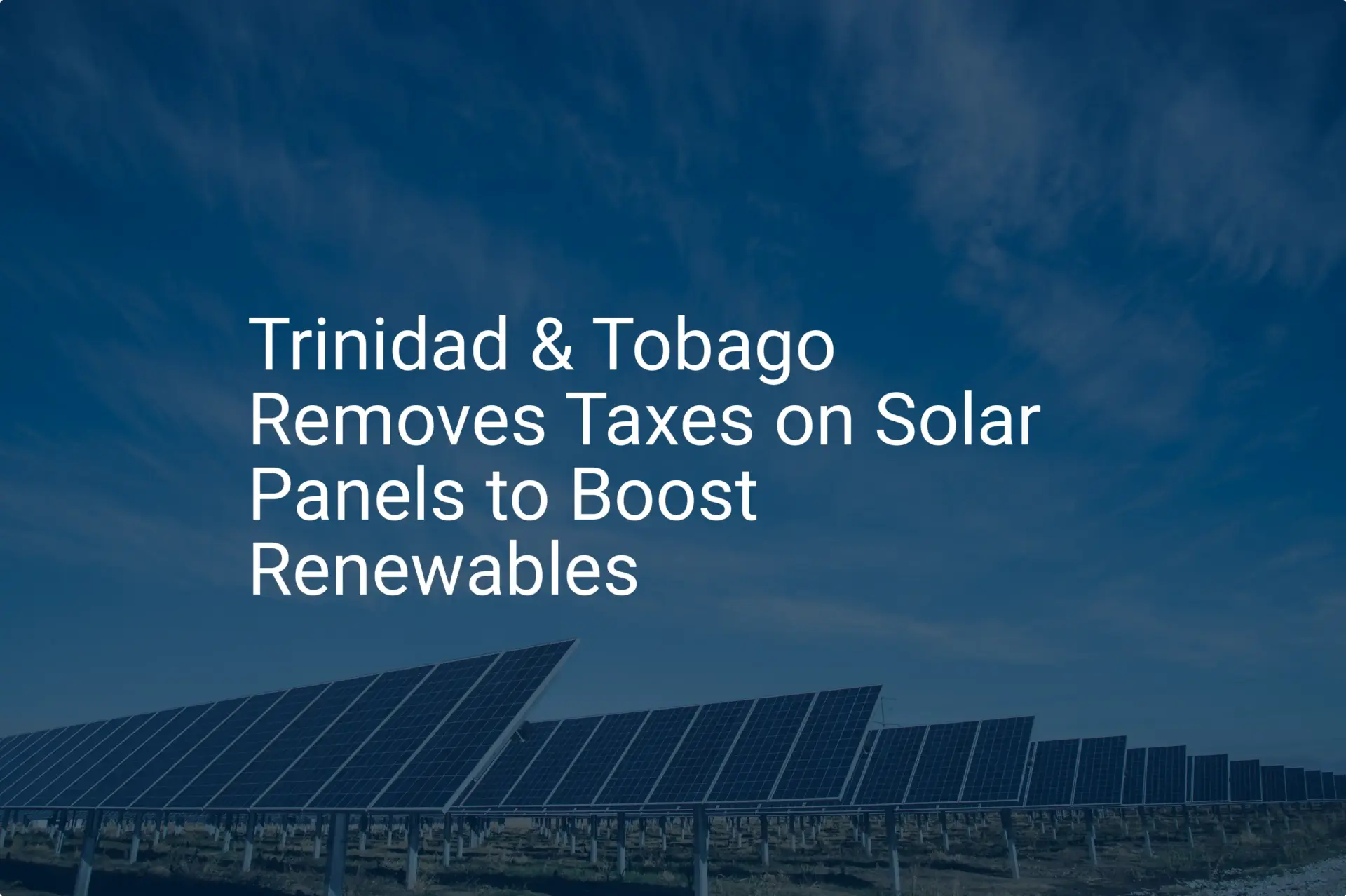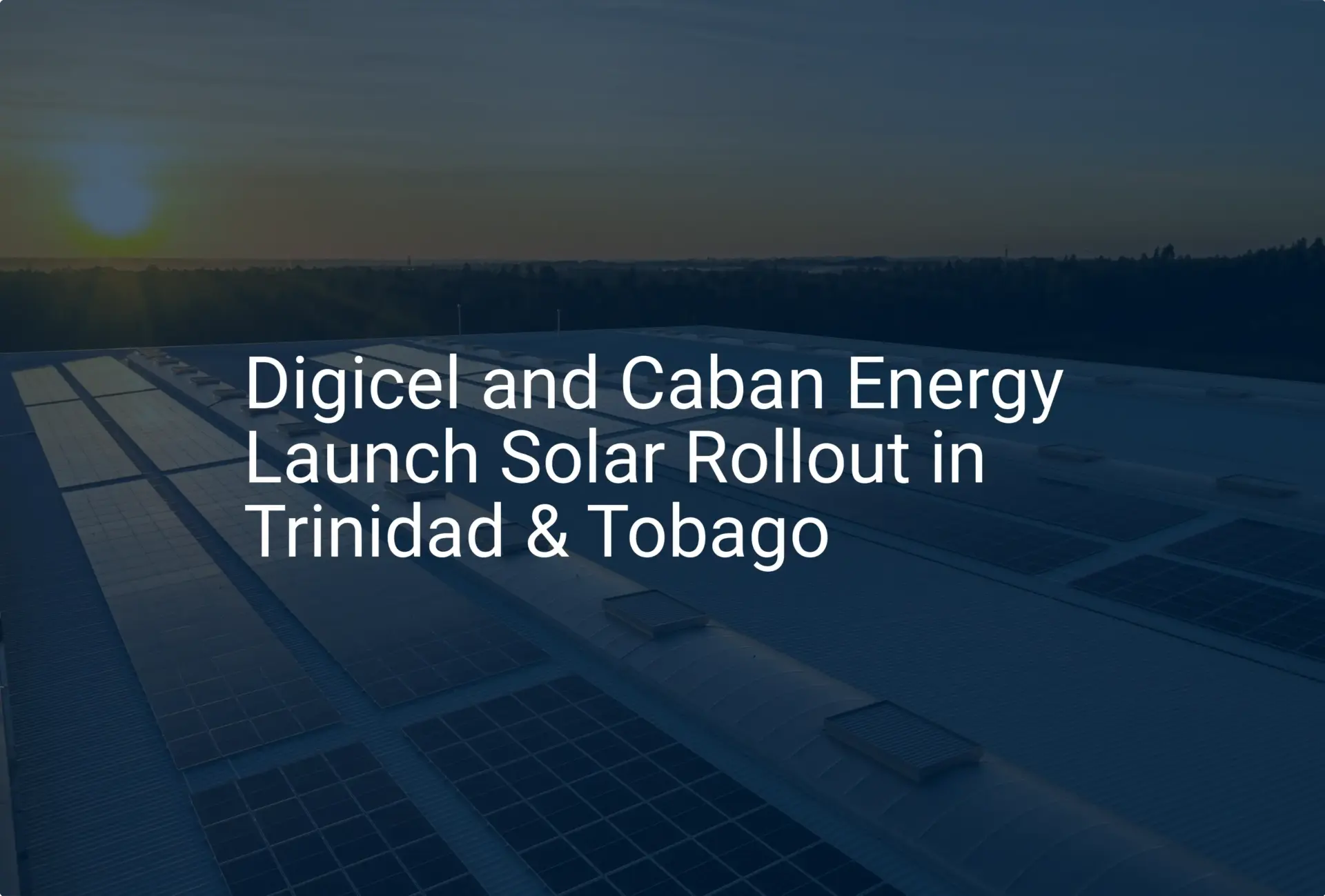Designing Hurricane-Resistant Solar Modules: A Critical Manufacturing Consideration for the Caribbean Market
Imagine a newly commissioned solar farm in the Caribbean, gleaming under the tropical sun. It represents a significant investment, a step toward energy independence, and a commitment to sustainable power. Now, imagine that same facility weeks later, after a Category 4 hurricane has passed. The promise of clean energy is replaced by a landscape of twisted metal and shattered glass—a catastrophic financial and operational failure.
This scenario isn’t hypothetical; it’s a critical risk for any solar project in a region frequently battered by extreme weather. For an entrepreneur planning to enter the solar manufacturing space, this challenge presents a distinct opportunity. Producing standard solar modules for the Caribbean market is simply not enough. The true competitive advantage lies in manufacturing modules specifically engineered to withstand the destructive forces of a hurricane.
This article outlines the essential design considerations, material choices, and testing protocols for producing hurricane-resistant solar modules—a blueprint for building both a resilient product and a successful business.
The Challenge: Why Standard Solar Modules Fail in Hurricanes
A hurricane exerts immense physical stress on a solar installation. Wind speeds exceeding 130 mph (209 kph) create powerful forces of both uplift and downward pressure, causing modules to flex violently. The strain is compounded by the threat of flying debris, which can strike panels with enough force to cause catastrophic failure.
Standard solar modules, designed for more temperate climates, often fail under these conditions in several key ways:
-
Microcracks: The repeated flexing of the module under high wind loads creates microscopic cracks in the solar cells. While invisible to the naked eye, these defects disrupt electrical pathways, leading to a significant and irreversible loss of power.
-
Glass Shattering: A direct impact from debris can shatter the front glass, exposing the delicate solar cells to the elements and rendering the module useless.
-
Frame Deformation: The aluminum frame can bend, break, or separate from the laminate. This compromises the module’s structural integrity, allowing moisture to penetrate and cause delamination and long-term degradation.
-
Mounting System Failure: While not strictly a module defect, a weak module frame can contribute to the failure of mounting hardware, potentially leading to the entire array being torn from its foundation.
Engineering for Resilience: Key Design Modifications
To build a genuinely hurricane-resistant module, a manufacturer must move beyond standard specifications and invest in superior materials and a more robust design. This requires a holistic approach, reinforcing every critical component.
Reinforcing the Structure: Thicker Glass and Stronger Frames
The first line of defense is the module’s physical structure. Standard modules typically use 3.2 mm tempered glass. For high-wind applications, increasing this to 4.0 mm tempered glass substantially improves impact resistance and overall rigidity.
This stronger glass must be paired with a more robust frame. Instead of a typical 30-35 mm profile, a 40 mm anodized aluminum frame with reinforced corner keys is recommended. This increased depth prevents the frame from bending under extreme pressure, protecting the glass and the internal laminate from mechanical stress.

Protecting the Core: Advanced Encapsulants and Backsheets
The encapsulant is the adhesive that bonds the solar cells between the glass and the backsheet. Most standard modules use EVA (Ethylene Vinyl Acetate), but for hurricane-prone regions, POE (Polyolefin Elastomer) is a superior choice. POE offers significantly better resistance to moisture ingress, a phenomenon known as Potential Induced Degradation (PID).
If a module’s glass cracks or its frame is compromised during a storm, POE provides a critical secondary defense, preventing water from quickly degrading the solar cells. For maximum durability, a glass-glass construction—which replaces the traditional polymer backsheet with a second layer of glass—offers the highest level of structural integrity and protection against the elements.
Maintaining Electrical Integrity: The Role of Cell Technology
Modern cell technologies like Multi-Busbar (MBB) also contribute to a module’s resilience. In an MBB design, numerous thin, circular wires replace the traditional flat busbars, creating a more redundant network of electrical connections across the cell. If a microcrack severs one path, electricity has many other routes to follow, minimizing power loss from physical damage.

The Business Case: Gaining a Competitive Edge in the Caribbean
For a local or regional manufacturer, producing hurricane-resistant modules is more than an engineering choice; it’s a powerful business strategy.
Meeting Market Demand and Building Trust
By addressing the most significant operational risk in the region, a manufacturer immediately differentiates its product from standard, lower-cost imports. Customers, from residential installers to utility-scale developers, are increasingly aware of the long-term costs of failure. Offering a purpose-built solution establishes the brand as a credible, reliable partner.
Enhancing Project Bankability and Insurability
Financial institutions and insurance companies are key stakeholders in large-scale solar projects, and they scrutinize every detail to assess and mitigate risk. Projects built with certified, hurricane-resistant modules are viewed more favorably. The reduced risk of catastrophic failure makes them more bankable and easier to insure, which can be a decisive factor in whether a project receives funding.
Aligning with Stricter Building Codes
Across the Caribbean, governments and regulatory bodies are implementing stricter building codes for renewable energy infrastructure. A manufacturer that proactively engineers products to meet or exceed these future standards positions itself as an industry leader and a preferred supplier for state-affiliated and institutional projects.
Verification and Certification: Proving Durability
Claiming a module is ‘hurricane-resistant’ isn’t enough; the claim must be backed by rigorous, independent testing. The baseline international standards are IEC 61215 for performance and IEC 61730 for safety.
For high-wind applications, however, it’s crucial to go beyond the standard mechanical load tests. A manufacturer should seek certification for extended load testing, subjecting modules to pressures of 5400 Pascal (Pa) or higher. This simulates the immense forces exerted during a major hurricane and provides quantifiable proof of the module’s durability.
To ensure every module shipped meets these high standards, quality control stations like electroluminescence (EL) testers must verify that no microcracks are introduced during the manufacturing process itself.
Frequently Asked Questions (FAQ)
Do these design changes significantly increase manufacturing costs?
Yes, there is a material cost increase associated with thicker glass, stronger frames, and POE encapsulant. However, this premium is often justified by the module’s higher market value, increased reliability, and the profound cost of failure it prevents. For the end customer, the total cost of ownership is significantly lower.
Can any solar production line be adapted to make these modules?
Most modern production lines can be configured to handle these modifications. The primary adjustments are in the bill of materials (BOM) and the calibration of machines like the laminator and automatic framing station. However, selecting the right solar manufacturing equipment from the outset ensures this flexibility is built-in.
Is hurricane resistance only about the module itself?
No. The mounting and racking system is equally critical to the installation’s overall resilience. The solar module, however, is the foundational component. A robust module is necessary for the system to have a chance of survival. A manufacturer’s responsibility is to provide a component that enables a resilient system design.
What wind speed can a ‘hurricane-resistant’ module typically withstand?
This is determined by its certified mechanical load rating. Modules certified to withstand 5400 Pa are designed to endure the pressures associated with wind speeds well into the Category 4 range (130-156 mph). Specific performance should always be verified by official test reports and datasheets.
Conclusion: Manufacturing for the Market, Not Just the Standard
For entrepreneurs looking to establish a solar module factory for the Caribbean, the path to success isn’t competing on price with standard imported modules. The greatest value and most sustainable business model lie in understanding and solving the region’s most pressing challenges.
By engineering and manufacturing modules designed specifically for hurricane resilience, a company can build a reputation for quality, reduce risk for its customers, and become an indispensable part of the region’s clean energy future. This requires carefully planning a production facility capable of meeting these specific demands. Based on experience from J.v.G. turnkey projects, a structured approach is essential for navigating the technical and business requirements successfully.


